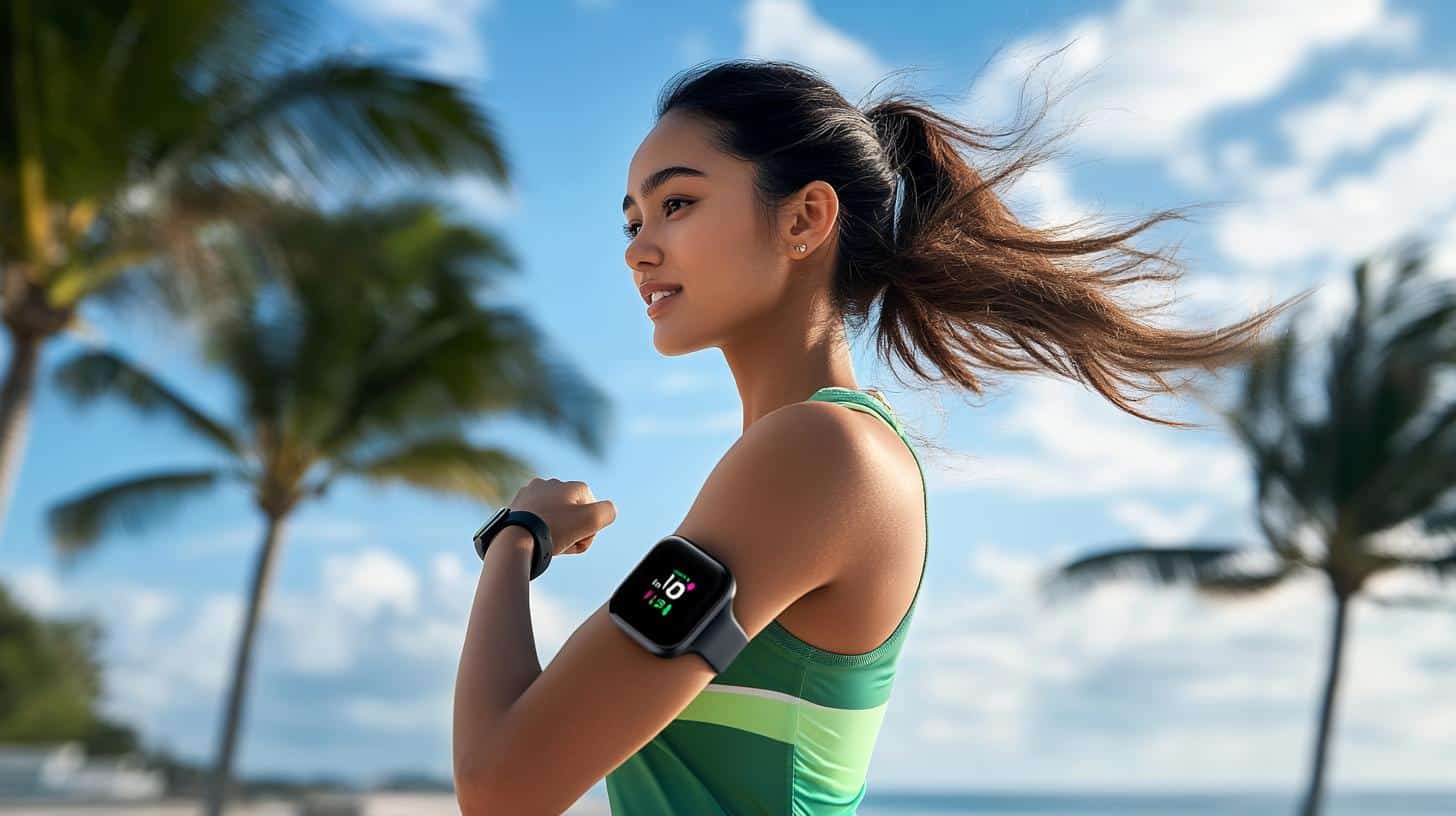Huawei’s reputation for crafting devices that blend innovative technology with sleek design continues to impress, particularly with the release of the Huawei Watch Fit 3. Although not the latest headline-grabbing news, this edition remains a remarkable companion for those seeking a versatile and stylish fitness tracker.
The Huawei Watch Fit 3 stands out due to its impeccable blend of form and function. This smartwatch’s 1.74-inch AMOLED display provides vibrant visuals, offering both clarity and a broad screen area ideal for displaying fitness statistics and notifications. The lightweight design ensures utmost comfort, making it suitable for daily wear as well as intensive workout sessions.
Sporting a robust variety of fitness and health tracking features, the Watch Fit 3 caters to a broad spectrum of activities and lifestyles. It supports an extensive list of workout modes, ranging from swimming and running to yoga and cycling, making it a versatile tool for fitness enthusiasts. Furthermore, its advanced sensors provide insightful health metrics, including SpO2 monitoring, heart rate tracking, and sleep analysis, all contributing to enhancing users’ well-being.
Battery life is a crucial aspect for any wearable device, and the Huawei Watch Fit 3 does not disappoint. With up to 10 days of battery life, users can rely on it for long stretches without frequent charging—a testament to Huawei’s commitment to delivering practical, user-friendly wearables.
While recent smartwatch releases bring newer features, the Huawei Watch Fit 3 remains a highly competent choice for those seeking a blend of elegance and powerful performance.
Impact of Wearable Technology: Beyond Fitness Tracking
Wearable technology like the Huawei Watch Fit 3 offers far-reaching implications beyond the individual user, influencing communities and driving global trends. As these devices become more integrated into daily life, they revolutionize not only personal health management but also public health strategies.
Governments and health organizations can harness data from wearables for better health insights and policy-making. Aggregated data from devices like the Watch Fit 3 can spot trends in public health, such as increased heart rate data pointing towards stress, or decreased activity levels indicating rising sedentary behavior. This enables timely public health interventions and personalized healthcare approaches.
Moreover, the rise in wearable technology has propelled the digital healthcare industry, fueling innovation in telehealth and personalized medicine. This transformation challenges traditional healthcare models, prompting debates on data privacy. While the benefits of real-time health tracking are immense, concerns linger around data security and the potential misuse of personal health information.
On the economic front, the demand for smart wearables drives job growth in tech sectors and encourages investments in ICT infrastructure. As companies compete to deliver the next breakthrough, consumers benefit from enhanced functionality and affordable pricing, although this continuous evolution also poses sustainability challenges due to electronic waste.
Wearable technology represents more than just gadgetry; it’s a pivotal element of future societies. As people increasingly adopt these devices, the integration of technology with everyday life offers both opportunities and challenges for policy-makers, healthcare providers, and individuals.
For more information on wearable technology and its influences, visit the following Huawei.






















